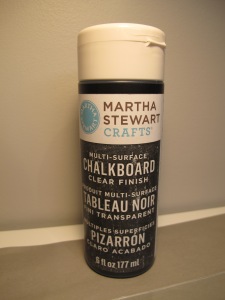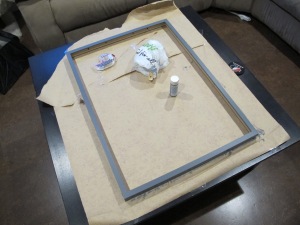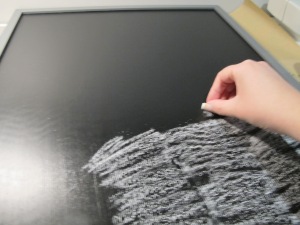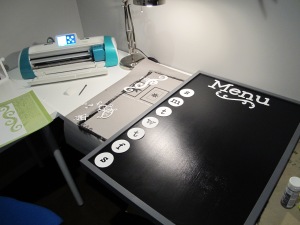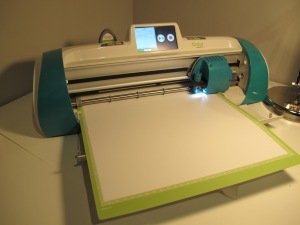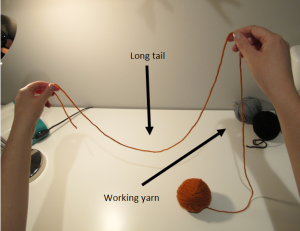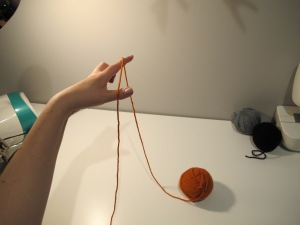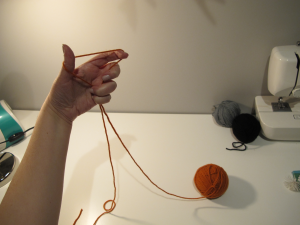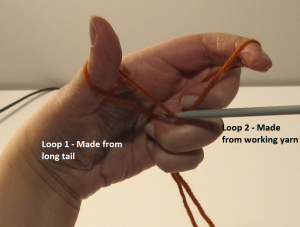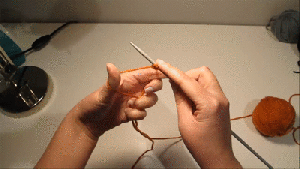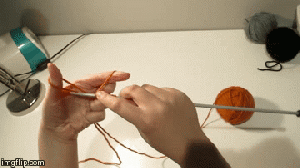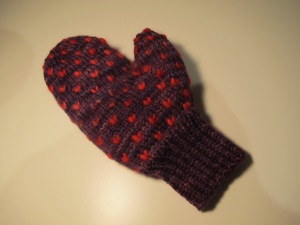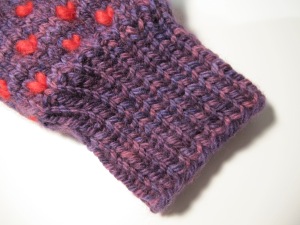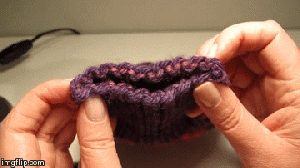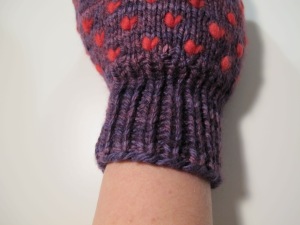All week, a friend of mine has been devastated by a difficult time she’s been having with a relative. Their relationship has never been good, but my friend has a huge heart and always wants to make things better. Without going into the details of her situation, I can say that I can relate to it all too well.
Today I shared with her the philosophy I have developed over many years of caring too much about people who do not care about me, and she said it helped put things in perspective for her. I had been toying with posting it here for a while, and in honour of my sweet friend who’s had such a tough week, I am posting it now!
Welcome to Treating Your Fucks Like You’d Treat Your Money: A Robyn Unravelled Master Class.
My brother and I have never, ever gotten along.
I’m three years older than him. Three years, I have found, is an awkward age gap for siblings. Growing up, you’re not close enough in age that you really enjoy playing together, but you aren’t far enough apart that to form caretaker/charge dynamic either.
We always fought growing up. I like to say that my brother is my exact inverse in that we have absolutely nothing in common, except for roughly 50% of our genetic material. I am plain, introverted, responsible to a fault, and love to laugh at myself. My brother is devastatingly handsome, outgoing, couldn’t care less about where his next month’s rent money is coming from, and takes himself very seriously. I can’t fathom living a minute of my life the way he lives his, and I’m sure he feels the same way about me. Our dad always called us ‘Chalk and Cheese’, to say we couldn’t possibly be more different.
We managed to frostily co-exist in each other’s periphery for a decade or so, and then my parents split. My dad not only moved out of the house, he moved across the province, eight hours away by car. My mother essentially had a breakdown from which she never fully recovered. And, predictably, Chalk and Cheese reacted to these traumatic events in spectacularly opposing ways.
I pushed my feelings down– deep down, because I knew I would need to do so to survive what was coming. I grew up in a few short months, as my mother depended on me more and more to be another adult around the house. I would later learn during my undergraduate degree that there is a psychological term for what happened to me– parentification— and it was awful.
My brother on the other hand, regressed. He rebelled, lashed out, and generally acted like a brat. I think I knew I wasn’t cute enough to pull that shit and get away with it, but it worked beautifully for him. In retrospect it was a far better strategy– he got limitless attention and all I got were chores and some pretty spectacular daddy issues.
Even though I was not quite three years older than my brother, I was now his caretaker (remember how I said above that’s not the natural order of things for siblings born this closely together?). He started getting in trouble at school. My mom and his teacher somehow thought it was appropriate to include 14-year-old me in his parent/teacher meetings and include me in disciplining him. I was responsible for feeding him, making him do his homework and keeping the house clean before my mom got home from work. And guess what? He fucking hated it. And I don’t really blame him for that one bit, it was a shitty situation for everyone. But the way we were forced to interact in those teenage years established a dynamic between us that’s hard to shake to this day: I’m the bossy wet blanket, and he’s the blatantly favoured, selfish brat.
Because this dynamic exists between us, I gave and gave in the relationship and got nothing in return. I’d drive him places, spot him money or bail him out when he’d “forget” to get mom a birthday present (I’d put both our names on it, and then later he’d give her something extravagant that was just from him). I helped get him a job at the place I worked. I was his supervisor. He failed to show up on time or do what I asked him to do, and was eventually fired (not by me) for physically threatening me in the workplace. I am pretty sure he called me a fat bitch every day of my teenage life. Don’t get me wrong, I wasn’t exactly wonderful to him either, but even as we grew into adults the relationship continued to be exhausting and a source of stress for me.
Two Christmases ago, it hit me.
A month prior, my mother called me and said, “You know, I really think your brother has changed for the better! He wants to send you a Christmas gift– I put it in the package I sent up to you.” I was delighted– not because of the gift itself but because of what it represented: he was finally giving something back to the relationship! I immediately was overcome with guilt– I had stopped sending him Christmas gifts the year before (shortly after he implied my Muslim fiance was a terrorist) because he hadn’t sent me so much as a card in years. Hastily, I ran out and got a card, shoved $50 I didn’t have inside and sent it off signed with kisses and hugs.
Christmas rolled around and I had one of the worst bouts on influenza of my life. I actually spent Christmas Day in bed. My mom called to wish us a merry Christmas, and my brother was there with her. She was upset because there was a terrible snowstorm, and he wanted to drive 400 km back to his apartment. I reflexively went into parentification mode and told him not to be stupid and stay at mom’s ’til it cleared up. I probably could have been nicer about it. He then cursed at me, and told me off until I cried. I asked him to put Mom back on the phone. He never mentioned the card or thanked me for the $50. He had sent me a $3 novelty t-shirt that did not fit.
Lying in bed, feeling physically and emotionally miserable, I bitterly realized that there was nothing I could do to make him love me, to make him respect me, to make us have the affectionate relationship most of my friends now have with their siblings. We were too different. There were too many years of resentment. I took out my phone, blocked him on social media, and took a glorious NyQuil nap. Life has been improving steadily ever since.
My years of being a de facto parent to a person that literally hated me was awful, but it made me responsible. Like, almost pathologically so. One of the consequences of this is that I have always been excellent with money. At first it was out of necessity– I had to help mom pay the bills while saving money for university– but now it’s grown into a legitimate interest in personal finance, almost a hobby.
Recently I started thinking about how the concept of investment can be applied to more than just money. Time is more precious than money (you can always make more money!), and we choose who and what we spend it on. We often feel concern and anxiety for those we love, which is exhausting. We spend our energy, our affection, our trust on the people in our lives. The idea is that we invest these things to make our relationships stronger and more rewarding. But what about when the people you care about don’t care about you? What happens when you emotionally invest in someone and get nothing in return?
The answer is simple: You need to treat your fucks like you’d treat your money.
This is a crude but rather succinct way of saying “why are you wasting your time and energy on a relationship that does not improve your life in any way?” Stop giving a fuck about those people. Fucks are finite. Reserve your fucks for those who give a fuck about you.
Here are the things you should consider:
How much can you afford to invest?
In your financial lifetime, there will be lean times, and there will be times of abundance: When you’re a poor university student, every penny you have often goes to daily necessities. Later in life when you’ve established yourself in your career and learned to budget your money, you’ll have extra income to start saving for a home, planning for retirement, and other non-immediate essentials. Perhaps an illness or some other unforeseen circumstance will one day cause you to re-evaluate and adjust how much you can afford to invest for a while. The amount of money you can afford to invest will likely fluctuate throughout your lifetime.
The same will be true in your personal life. At certain times in your life, you will have plenty of emotional capital to spend on your relationship with others. At other times, you may not have the ability to give so freely. This is especially true for my friend, who is expecting her first child in a few months. Before she was pregnant, she may have had the emotional resources to spend on trying to fix a difficult relationship. Now that’s she and her husband are in the midst of the excitement, fear and stress that comes along with expanding their family, she quite honestly has enough to worry about. In a relationship worth maintaining, the other party will understand that and perhaps try to spend some extra emotional capital on you– which leads to the next question:
Are you seeing a return on your investment?
Imagine that you have been heavily investing in a stock or fund that is performing poorly. Your hard-earned money isn’t growing, and maybe you’re even losing money. You would likely cut your losses and sell, and find a safer, more worthwhile place to put your money.
Relationships are an economy based in emotional currency. Just like your bank balance is finite, you have a limited amount of time, energy, anxiety, and sympathy you can spend on a person. If funneling all of your emotional resources into a relationship and you aren’t getting anything worthwhile back– respect, appreciation, friendship, love– it’s worth considering taking a step back to figure out what you’re actually getting out of this arrangement. I had been maintaining a stressful and aggravating relationship with my brother for years and got absolutely no support from him in return. In my case the loss of the relationship only meant the loss of that stress.
Don’t be afraid to buy low… sometimes.
All of this is absolutely NOT to say that you need to abandon a relationship the second it turns sour. In fact, just like in the stock market, this is often an optimal time to invest MORE (if you can afford it).
Maybe your best friend has been having a hard time lately and is taking it out on you. Is that fair to you? No. But, you know that before this rough patch in her life, she was invariably a loving, thoughtful and and caring person who enriched your life in many ways. To use a financial turn of phrase, you know that historically, her stock has performed well. Continue to invest in the friendship– give her space if she needs it, but let her know that you will be available to talk if and when she is ready. Chances are your friendship will be all the stronger for it in the end. In my case, I had never had a warm relationship with my brother despite my investments, so I had no reason to believe it would suddenly improve.
So there you have it: Treating your fucks like you treat your money– This principle is shockingly simple, and somewhat embarrassingly obvious, especially as someone who would never make these same mistakes with her personal investments. I find it adds a little rationality to the obviously emotional and subjective realm of interpersonal relationships, which can help you see things more clearly.
Interestingly, my mom jokingly said to me today that I should start talking to my brother again, because in his line of work he is able to get family members a deep discount on airfare. I said that there is no discount in existence deep enough to tempt me, and it’s really true. What that discount would save me in dollars would end up costing me dearly in sense, so to speak. Plus I have like a million frequent flyer miles 🙂
What do you think? Will you start treating your fucks like you’d treat your money?
–R





